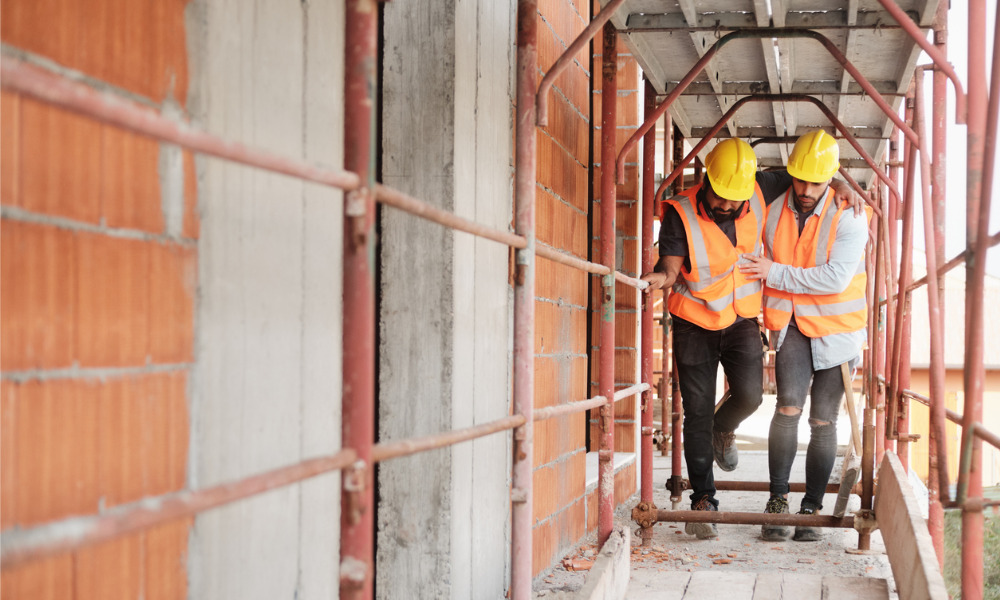Average lost-time duration nearly doubles over past decade

Recent data released by the Workers' Compensation Board of Alberta has revealed a concerning trend in the province - an increasing number of people are reporting workplace injuries.
The statistics show a nearly 85 percent surge in the average claim duration between 2015 and 2022, specifically in lost-time claims, which refer to cases where individuals do not return to work immediately after an accident.
The average lost-time claim duration displayed a steady rise from 2015 until 2021, remaining constant in 2022. In 2015, injured workers received wage loss replacement benefits for an average of 34 days, whereas the figure has soared to 63 days in the past two years.
Ben Dille, the team lead of engagement and development at the WCB, says multiple factors contribute to the claim duration, with the economy playing a significant role.
In an interview with CBC News, he explains, "when the economy is weaker, there are fewer suitable return-to-work options that are available for injured workers as they're trying to reintegrate back into the workforce. And conversely, when the economy is stronger, those positions are more readily available, and so people will tend to go back to work faster and they don't remain on WCB benefits for quite as long."
Furthermore, Bob Barnetson, a labor relations professor at Athabasca University, pointed out that during the first two years of the pandemic, there was a shortage of available work in general, leading to even fewer job opportunities for injured workers. This, in turn, resulted in an extension of claim duration.
Kevin Becker, a former WCB case manager who now runs Alberta Workers' Compensation Consulting, added to the discussion, suggesting that an influx of COVID-19 related claims and staff turnover could also be contributing factors to the rise in claim duration.
Becker advocates for injured workers by reviewing their files and representing them during appeals. "What I see over and over again is the claim files changing hands repeatedly," says Becker, attributing such changes to delays and prolonged active claims.
To address the increasing volume and duration of claims, the WCB's premium rates highlight sheet for employers indicated a significant rise in the cost of workplace illnesses and injuries last year.
The claim volume increased by about a third in 2022 compared to the year before, and it had risen by approximately 50 percent since 2019. Consequently, the WCB informed employers that it would need to raise the average employer premium rate to cover the budgeted cost of workplace illnesses and injuries for this year.
Although the premium rate was indeed increased, employers were also granted $273.4 million in subsidies. Over the past six years, employers have collectively received $1.6 billion in WCB subsidies.
It is worth noting that while more Albertans are reporting workplace injuries, most of them do not file lost-time claims, as they promptly return to work after the accident.
Dale Dacey, a resident of Lethbridge, shared his experience, having injured his arm while lifting and throwing bags of sugar beets onto a conveyor belt in October. Initially, he went back to work at his seasonal job in Taber, hoping his arm would improve, but eventually had to make a claim with the WCB when it did not get better before the work season ended.
Dacey mentioned that some injuries take much longer to heal, and there can be long wait times for specialists. After months of physical therapy, his arm has shown improvement, and he plans to return to work when the season begins again in September. Dacey expressed his gratitude for the targeted treatment he received through the WCB, saying, "they have helped me. I just hope that it works for everybody."





